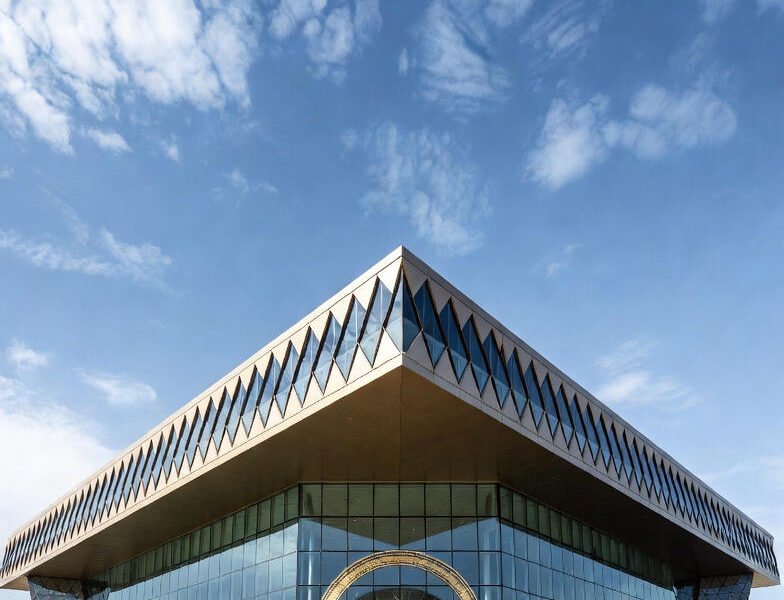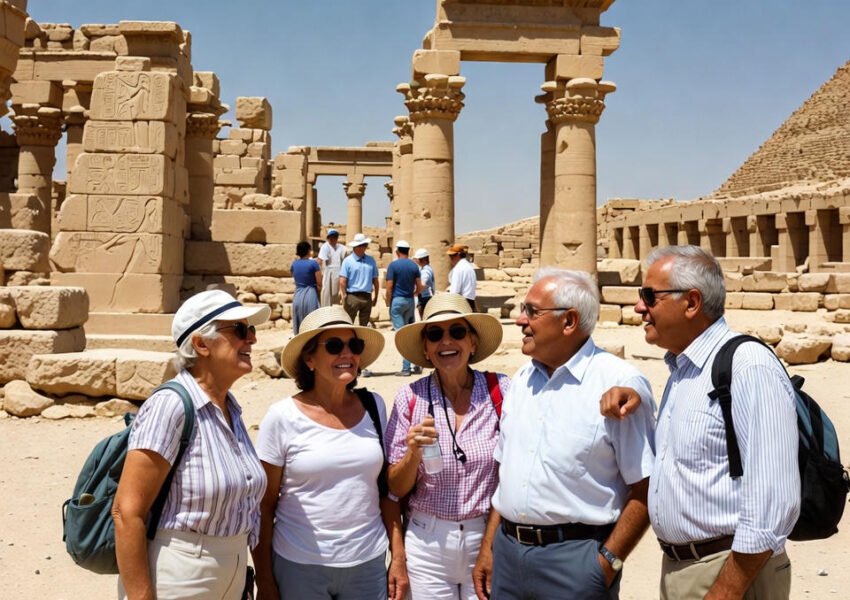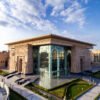For years, travelers and experts debated: What is the #1 museum in the world? The Louvre? The British…
If you’re planning a trip to Cairo, you’ve probably asked yourself: What is the difference between the Egyptian…
Wondering “Is King Tut in the Grand Egyptian Museum?” This question has intrigued history buffs, travelers, and Egypt…
When you plan a trip to the land of the Pharaohs, one destination now stands above the rest.…
When planning the trip of a lifetime to the land of the Pharaohs, discerning travelers often ask two…
When you dream of the land of the Pharaohs, one location stands as the pinnacle of history: the…
When travelers ask “What is the best all-inclusive in Egypt?”, they are usually dreaming of turquoise waters, unlimited…
Egypt is a land of timeless wonder, a tapestry woven from the threads of ancient history and vibrant…
When you choose Trips to egypt all inclusive from usa with Odysseys Voyage, absolutely everything is taken care…
For many seniors, the dream of standing before the Pyramids or sailing the Nile never fades – it…
Egypt, the land of Pharaohs, pyramids, and timeless Nile River adventures, calls to the intrepid traveler. For many,…
Every traveler researching Egypt eventually asks: how much does a private tour guide cost in Egypt? The answer…















